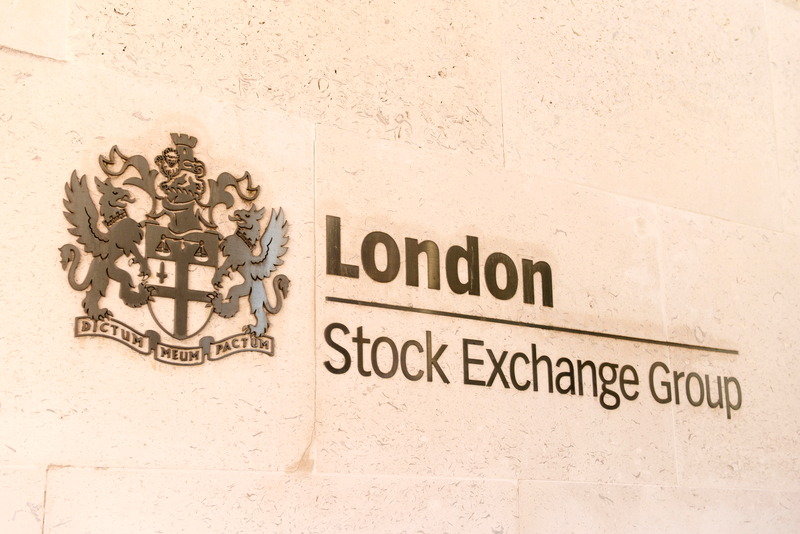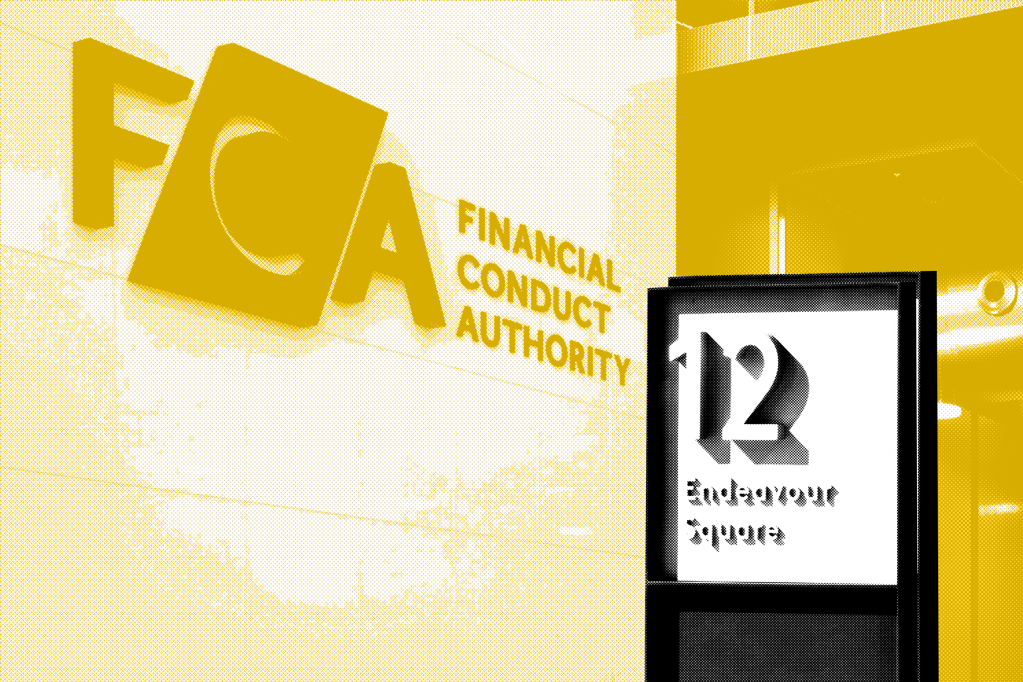Identifying and preventing greenwashing is a growing priority for a number of regulators around the world and is a key aspect of tackling wider environmental, social and governance (ESG) issues in a number of sectors.
Greenwashing has been described by the FCA as “marketing that portrays an organisation’s products, activities or policies as producing positive environmental outcomes when this is not the case”. It can be present in, for example, a firm’s advertising of its products, or in a firm’s disclosures about its business.
Regulators are motivated to take action in relation to greenwashing – they want to make sure that consumers and investors both have access to green products and investments, and also that these products and investments satisfy their preferences when they are purchasing or investing in them. In the UK, there are a number of regulators active in this space, including not only the financial services regulators such as the FCA, but also the Advertising Standards Authority, the Competition and Markets Authority and the Financial Reporting Council.
To assist firms in managing their regulatory risk in relation to greenwashing, we set out below 10 key steps for firms to consider in relation to their environmental claims and disclosures and their internal governance around these.
1. Adequate resources and training
Sufficient internal resources need to be allocated by firms not only to remain adequately informed about developments in the fast-moving ESG space, including regulatory and industry guidance, but also to ensure sufficient time and effort is spent on ensuring any environmental claims and disclosures do not overreach and are fully supported. As part of this, firms need to ensure that adequate training is delivered internally, including in relation to greenwashing and regulatory expectations regarding ESG issues and the risks in this area.
2. Clear language
When making environmental or other ESG claims in advertising or disclosures, firms should be clear and specific. If any of the terms or definitions being used are unclear, because, for example, they are technical in nature, they should be explained. This includes any qualifications to a claim, which should be clearly displayed. Firms should be wary of using vague green phrases like “environmentally friendly” without explanation as they have no clear definition, and steer clear of using any potentially misleading images. It is also important not to omit any material information which might be relevant.
3. Verification
Firms should ensure that they have underlying evidence to substantiate all objective green claims and there should be a “cradle-to-grave” assessment when considering a product or service’s environmental impact.
4. Comparisons
Firms should be careful in relation to comparisons. If publishing comparative advertising on ESG issues, firms should ensure that they compare like with like, for example, using the same calculation method. It may be easier for firms to compare against themselves, for example, an old practice versus a new practice, although the impact of the new practice must still be considered.
5. Expert advice
Firms may want to consider obtaining expert third party advice to verify their green claims. As well as providing independent evidence for a firm’s claims, consumers may also find this more persuasive than underlying evidence gathered in-house.
6. Risk management and internal governance
Firms should consider whether they have in place appropriate ESG risk assessments, policies and committee(s) with regard to ESG-related disclosures and representations, involving all relevant stakeholders with clear escalation channels. Compliance should be built into the process at the outset and have an up-front involvement in any green marketing strategy rather than being looped in as an afterthought when making any changes is more difficult.
7. Records of decision-making
Part of good governance in this area is having a good documentary record of decisions taken in relation to green claims in advertising, and ESG disclosures, so that if challenged, firms can provide a clear recorded explanation of their approach. This should include having a file of verification/ approval material, recording the underlying data used to substantiate claims, which can be accessed if a regulator makes enquiries.
8. Monitoring
An adequate monitoring process should be implemented so that any ESG claims or disclosures are regularly monitored to ensure they stay up-to-date and accurate and can be amended or withdrawn if necessary.
9. Whistleblowing arrangements
Firms should ensure that they have adequate whistleblowing arrangements in place. ESG is an area which evokes strong feelings and this, combined with an increased regulatory focus on whistleblowing more generally, means that firms making green claims may see an increase in whistleblowing relating to greenwashing. Whistleblowing can arise internally from employees, but it can also originate externally including from customers, shareholders or other interest groups and it may provide a firm with an early warning system in relation to any issues.
10. Effective response to complaints
Greenwashing complaints and concerns should be taken seriously and investigated where appropriate. Where greenwashing claims are made, swift action needs to be taken to understand the root cause of such claims and, if substantiated, to prevent reoccurrence. Taking internal and/or external legal advice and obtaining the protection of legal privilege may be useful in seeking to understand any potential exposure and how best to mitigate this. There may also be an opportunity for lessons to be learned and for these learnings to become embedded in internal processes.
Katie Stephen, is co-head of the Contentious Financial Services Group; Joe Smallshaw is a financial services regulation lawyer; and Catherine Pluck is a dispute resolution lawyer, based in London Norton Rose Fulbright.


















